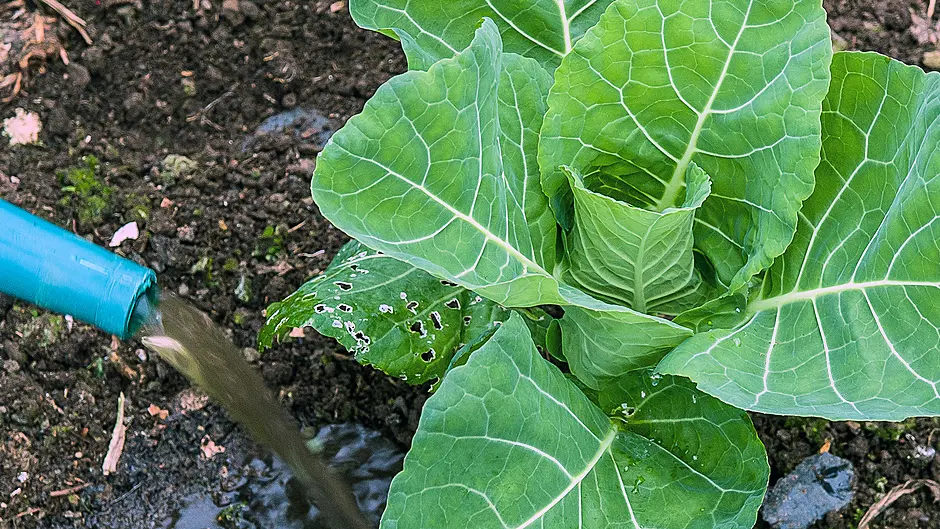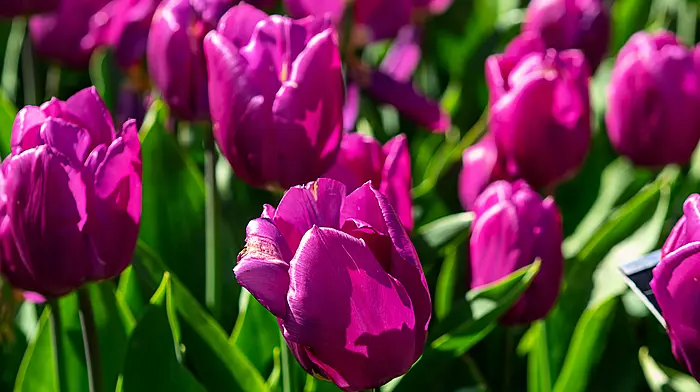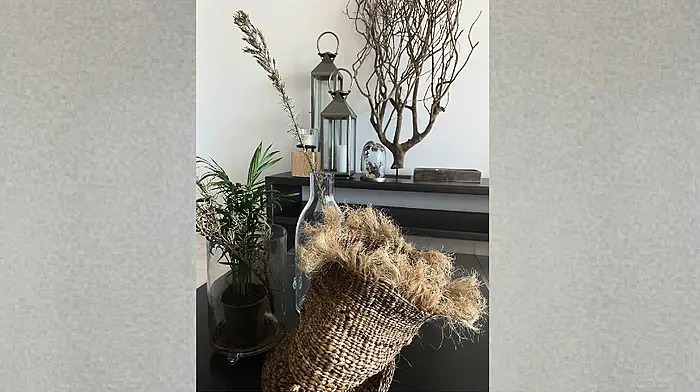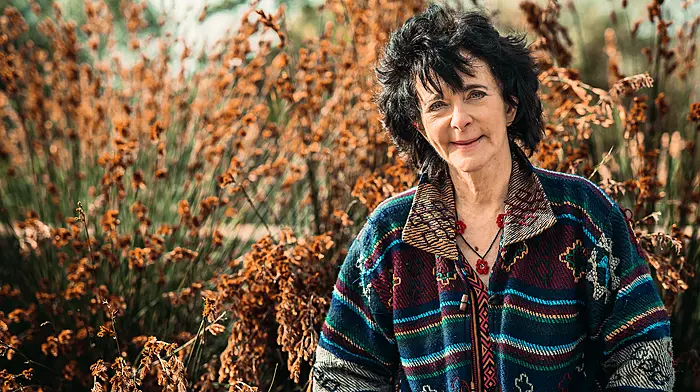THINGS are starting to step up in the garden. There’s no big pressure yet, but it is always good to get on top of things this month. March will come round all too quickly and then we will be thinking of planting potatoes and onions and sowing lots of seeds.
Take a walk around the garden and make a list of the jobs that need to be done. Make sure pots are clean and you have at least made a list of seeds even if you haven’t bought them yet. Trim back any dead foliage in flower beds – it’s much easier to do this before green shoots start to emerge among the brown ones. Prune fruit bushes and trees if the weather is fine and cut back any overhanging branches or limbs on any shrubs that have grown too big. Dig over empty beds and add some manure, compost, or other feed to make sure they are in a fit state to grow some decent crops. And, if soil is dry enough, you can hoe between any rows of overwintered crops.
Wallflowers that were sown last spring and planted in autumn will start to flower around now. Colours are in the range of yellow/orange/ purple and if you grow several plants together they can make a lovely display. Plants like full sun and do well in containers.
If you bought winter flowering viola plants last autumn and they have hardly flowered since, don’t worry, they are about to come into their own and can flower for a couple of months.
Even if we get a cold snap, these pretty favourites are hardy and will soon bounce back.
It has been a mild winter so far and some plants respond to that. Wild primroses are flowering and I have a couple of campanula that have flowered all winter long.
This is a good time of year to think about feeding plants. Fruit trees, bushes, canes and vines, all do well if they get some feed on the ground above their roots. You can apply some wood ash or powdered seaweed too. These may look a little messy when scattered over grass but they soon wash down into the soil with a bit of rain. It takes a few weeks for nutrients to be released, so feeding trees now means they should have what they need when they are flowering and fruiting. If trees are growing in grass, then it’s worth mowing around each one so the grass is short when you apply the feed.
Any over-wintered vegetable benefits from a nutrient boost early in the year. Use liquid feed to get spring cabbages growing and scatter a high potash feed between rows of onions and garlic. Wood ash works well, but make sure it is pure and that there were no plastics or pollutants burned on the fire.
It’s worth weeding around your veg plants before applying a feed. Use a hoe if it is dry enough and you don’t have time to hand weed. It’s better to get the feed on at the right time than to delay too long while you get round to making the bed immaculate.
Flower borders and shrubs always benefit from a feed too. You may want to split some larger clumps of perennial plants. These can be separated out and replanted. Use a small fork to dig feed in to the top layer of soil.
 Start peppers off in a pot covered with a plastic bag.
Start peppers off in a pot covered with a plastic bag.
This is also the month to start pepper seed off if you want to get good big plants that produce lots of fruit. Summer weather will determine how good a crop you get from these sun-loving plants, but you stand the best chance if you sow early enough.
A propagator that keeps a steady 20C is perfect for peppers, or you can start seed in a pot covered with a plastic bag and keep this in a warm sunny spot in the house. Sow five or six seeds per 8cm pot – you will prick the strongest seedlings out into individual pots when they have grown two leaves.
Peppers like warmth when they are young so keep temperatures above 15C if you want plants to grow well. Don’t plant out in a greenhouse until the weather is reliably warm. Chilli varieties can do well in pots in a conservatory or on a sunny window ledge.








